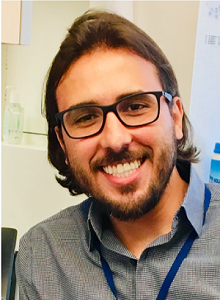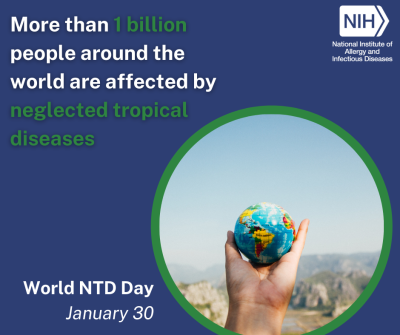January 30, 2022, marks the third World Neglected Tropical Diseases (NTDs) Day, presenting an opportunity to reflect both on the continuing burden imposed by these diseases and the significant progress made to curtail them. NTDs comprise viral, bacterial, fungal and parasitic diseases that, despite their various causes, have in common their substantial health, social and economic impacts, especially on marginalized populations living in tropical and subtropical countries.
Despite substantial progress in controlling NTDs in the past decade, these conditions still affect more than 1 billion people worldwide (WHO NTD Roadmap 2021-2030). Although NTDs do not typically cause death, they impede affected individuals’ ability to lead healthy lives, and reduce their growth and development, educational attainment and economic productivity. They also result in stigmatization and social inequities. Consequently, NTDs contribute to a self-perpetuating cycle of illness leading to decreased human, social and economic development, which in turn fosters persistence of NTDs.
To break the cycle, new and improved interventions as well as effective implementation are needed. As part of its efforts to address global health, NIAID has long supported research and development to better understand, diagnose, treat and prevent NTDs.
In these video interviews, NIAID staff highlight activities and advances that the Institute has supported as part of its collaborative work with partners around the world aimed at lifting the burden of NTDs.







